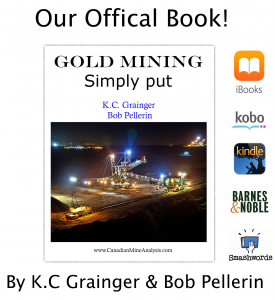Market is still at a high risk level…….
MOST IMORTANTLY We are always looking to be fully invested as we invest when specific stocks have suffered severe declines to prices indicating that they are severely undervalued. Admittedly, they often decline even more before they turn around; but that has always been our strategy. While working in Quebec, I would leave open limit orders in New York for specific stocks at prices that were far below the prices they were trading at when I put in the orders. While I could never buy all the shares we wanted and none of many companies, I would get some superb bargains. This was a strategy described in an interview years ago by the late legendary investor Sir John Templeton.
We do see high risk today in many popular heavily recommended stocks. Opportunities for exceptional capital gains are always present but too many stocks have been touted and bought at the high end of their price ranges. Again, many of the best performing stocks are now selling at high valuation levels which usually end sadly. History shows that “paying up” generally leads to disasters.
“PAYING UP” The term “paying up” refers to the investment in stocks (or any other investments such as real estate) when they are far above their proper valuation levels. Today, as always, there are many companies that are selling at far too high prices based on their expected earnings and technical analysis. It happens often as recommendations by the large brokerage houses are ongoing despite overvalued price levels. The large brokerages cannot afford a bear market which brings less volume and low to no profitability. At the same time, most institutions must be near fully invested in the market despite the high valuations. They cannot remain in cash as they are competing and must perform. Despite high prices they must pay whatever the prices are as holding cash is not permitted.
We have expected the market to suffer 20% to 30% corrections over the past three years, each time to be followed by returns to the upside, the harsh downsides did not occur. Those normal corrections would have prevented the stock market from its current extremely high overall valuation which makes it very vulnerable to harsh corrections.
But on the bright side, harsh corrections offer investors and institutions exceptional opportunities to accumulate stocks at lower prices while they are literally “on sale.” The stage is still set for another brutal bear market despite the recent Trump rally. Near zero interest rates and Quantitative Easing have been major enablers supporting the stock market as well as the Federal Reserve buying stocks. Bear markets and severe corrections for patient value-oriented investors, should as always be opportunities to invest while many stocks are “on sale.”
INSIDER SELLING AND STOCK MARKET DOLLAR VALUE TO GROSS DOMESTIC PRODUCT… Over the last four weeks we have seen over one billion dollars of insiders (companies’ officers and directors) selling their own personally held shares in the companies where they are employed as officers and directors. The recent insider sell levels in the past have always simultaneously occurred with the beginning of brutal bear markets. Moreover, the value of publicly traded U.S. stocks to U.S. Gross Domestic Product is now at the 130% to 140% level. While not a “timing signal,” brutal bear markets have commenced from these valuation levels in 2000 and again in 2008.
“BUYBACKS” Since 2009, S&P 500 companies have shelled out more than $4 trillion ($4,000,000,000,000) on share buybacks. A share buyback occurs when a company buys its own stock in the market to lend support to its share price. Few people are aware that “Buybacks” are one of the major reasons that the stock market and many individual stocks at these high valuation levels. We believe that the buybacks have added 10% to 15% to the upside of the stock market.
There are numerous companies and sectors that are exceptionally undervalued that offer opportunities for exceptional capital gains. Our analysis still suggests that many gold and silver mining companies are extremely undervalued and by several value benchmarks are at their lowest level of valuation in their history. To us, it is an opportunity that few will take advantage of-as always. Keep this in mind…Bull markets do not end due to overvaluation.They end with interest rates rising sharply, often with a decline in the money supply or a recession. Note that dangerous market tops are usually accompanied by overvaluation and euphoria. Are we seeing that now? The artificially low central bank engineered rates have prevented the stock market from normal harsh corrections or bear markets. In the meantime, insist on value and invest in what is undervalued not what is popular.
